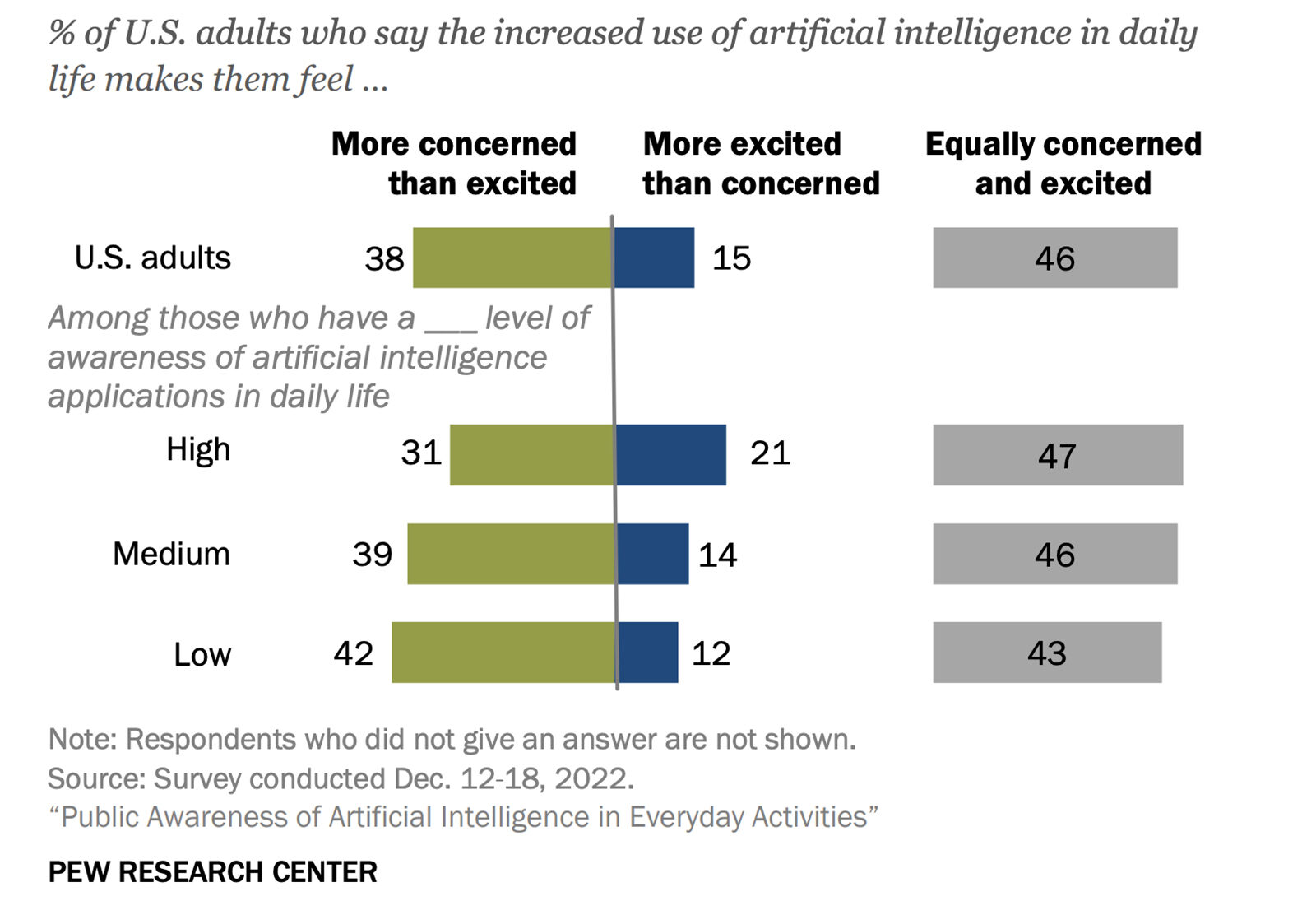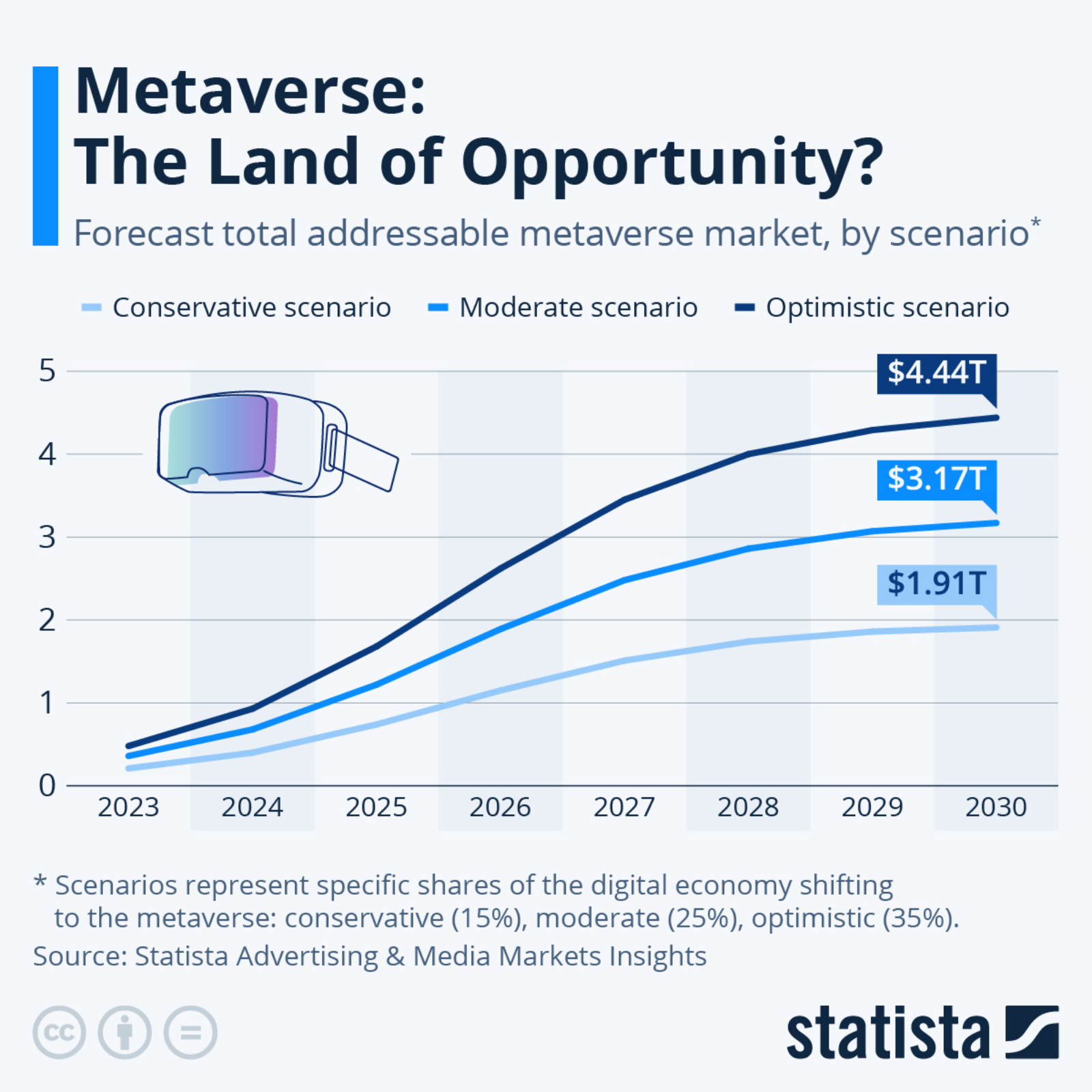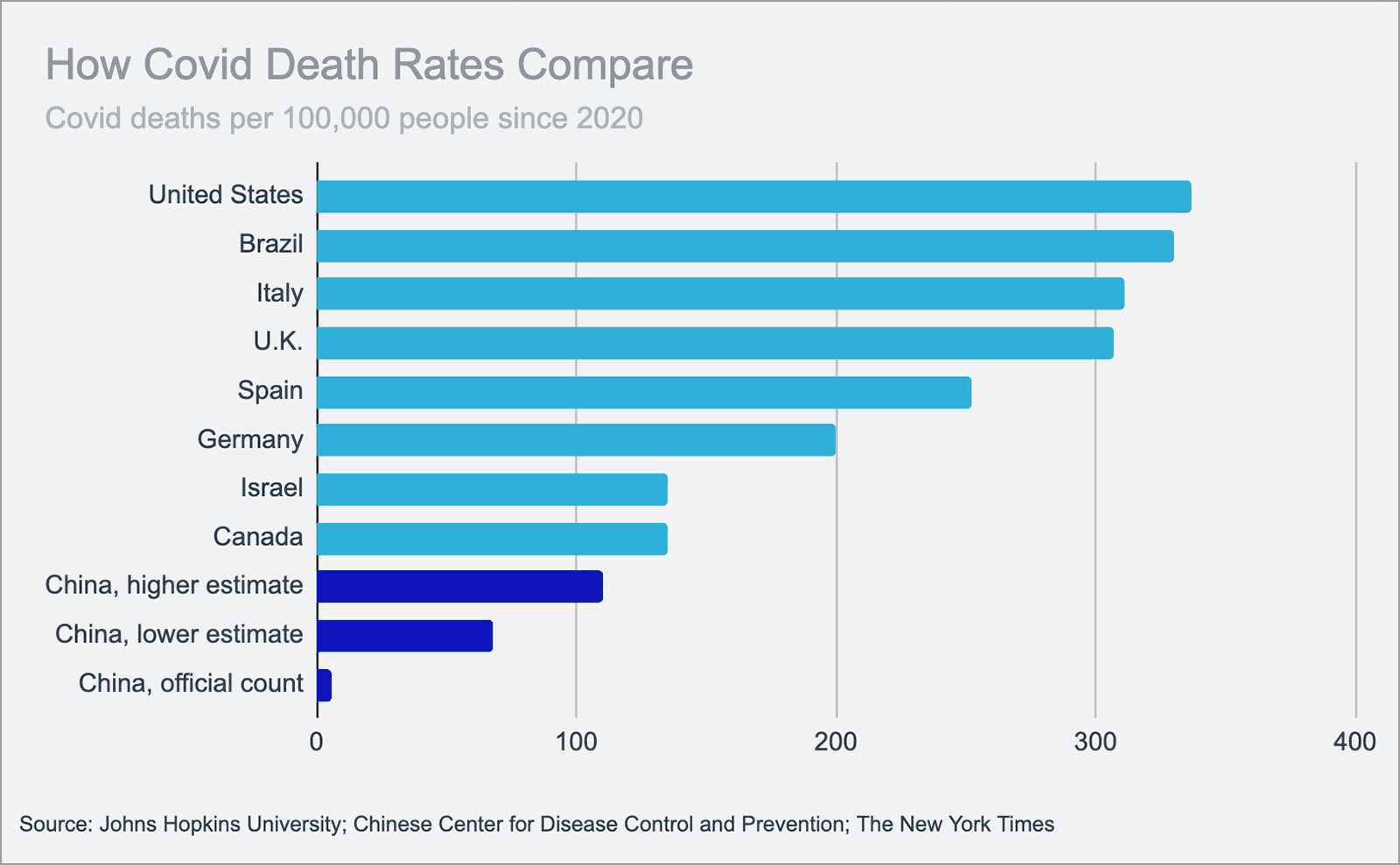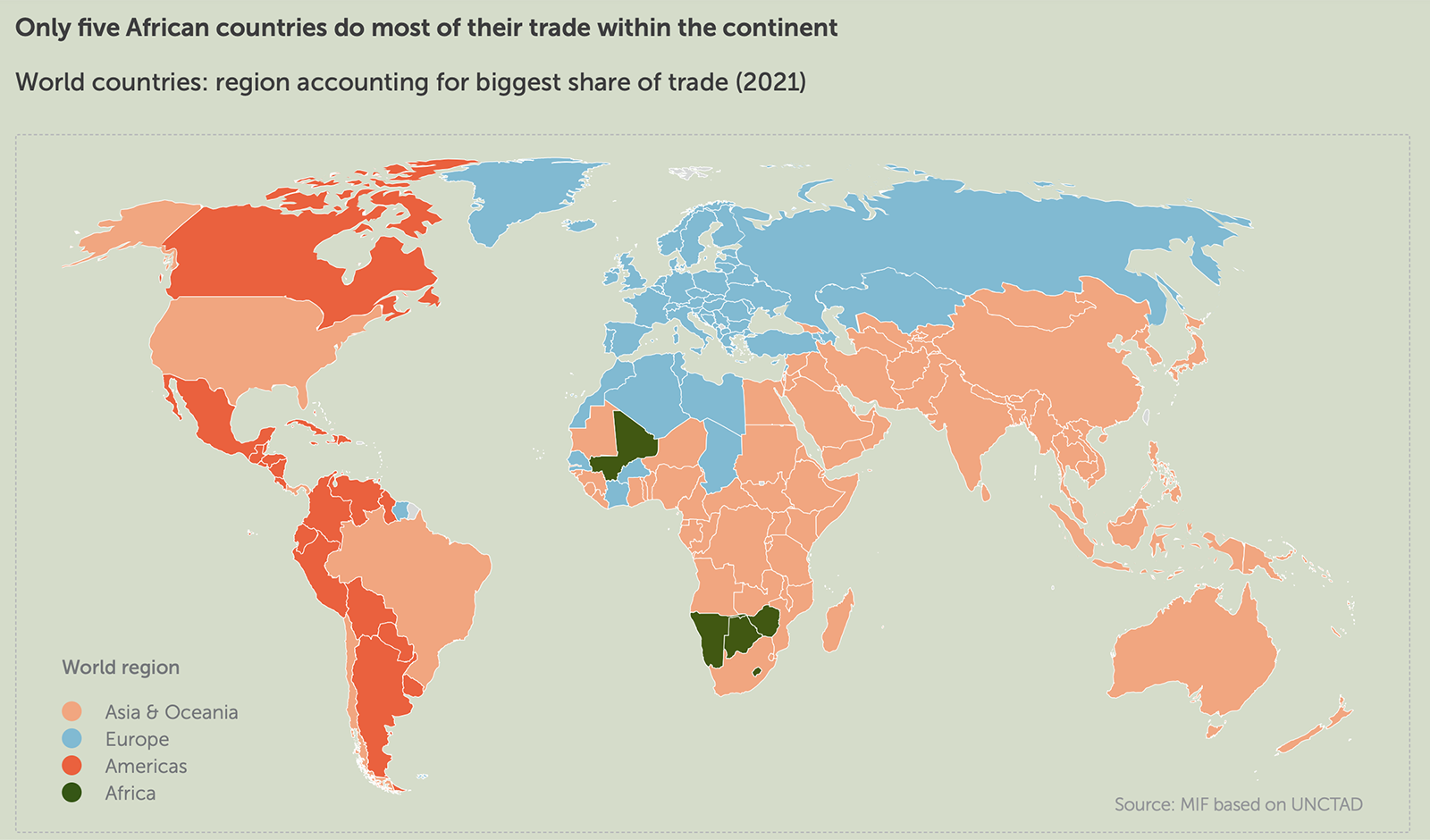China Is Poised to Dominate the Internet
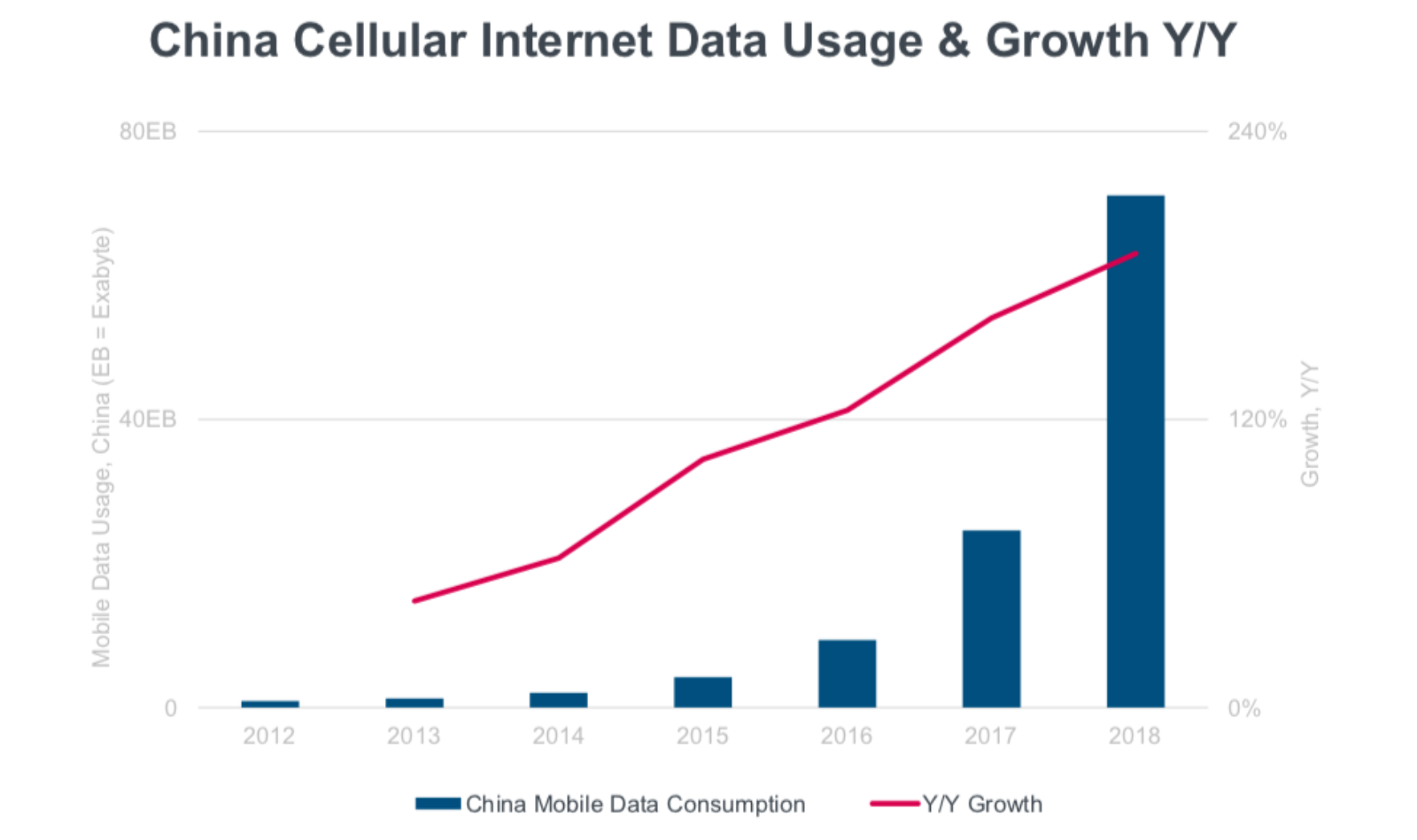
China — and the Asia-Pacific region at large — is in a position to dominate the internet in the coming decade, according to data in Bond’s Internet Trends 2019 deck. In tandem with the growth of China’s tech industry and the increasing popularity of apps developed in the country, China’s cellular internet data usage growth has increased year over year since 2013. More broadly, the Asia-Pacific region leads in terms of the percentage of global internet users (53%) and the number of potential users: In 2018, there was only 48% internet penetration in the region.
“China, India and Indonesia will soon have by far the most internet users,” writes consultant and editor Michael Spencer on Medium. “America’s impact by actual users on the global internet … is on a steep decline as the new internet users from the developing world start to emerge.” Moreover, writes Spencer, “China is building a tech dynasty of companies that will challenge American ones in the years ahead.”


